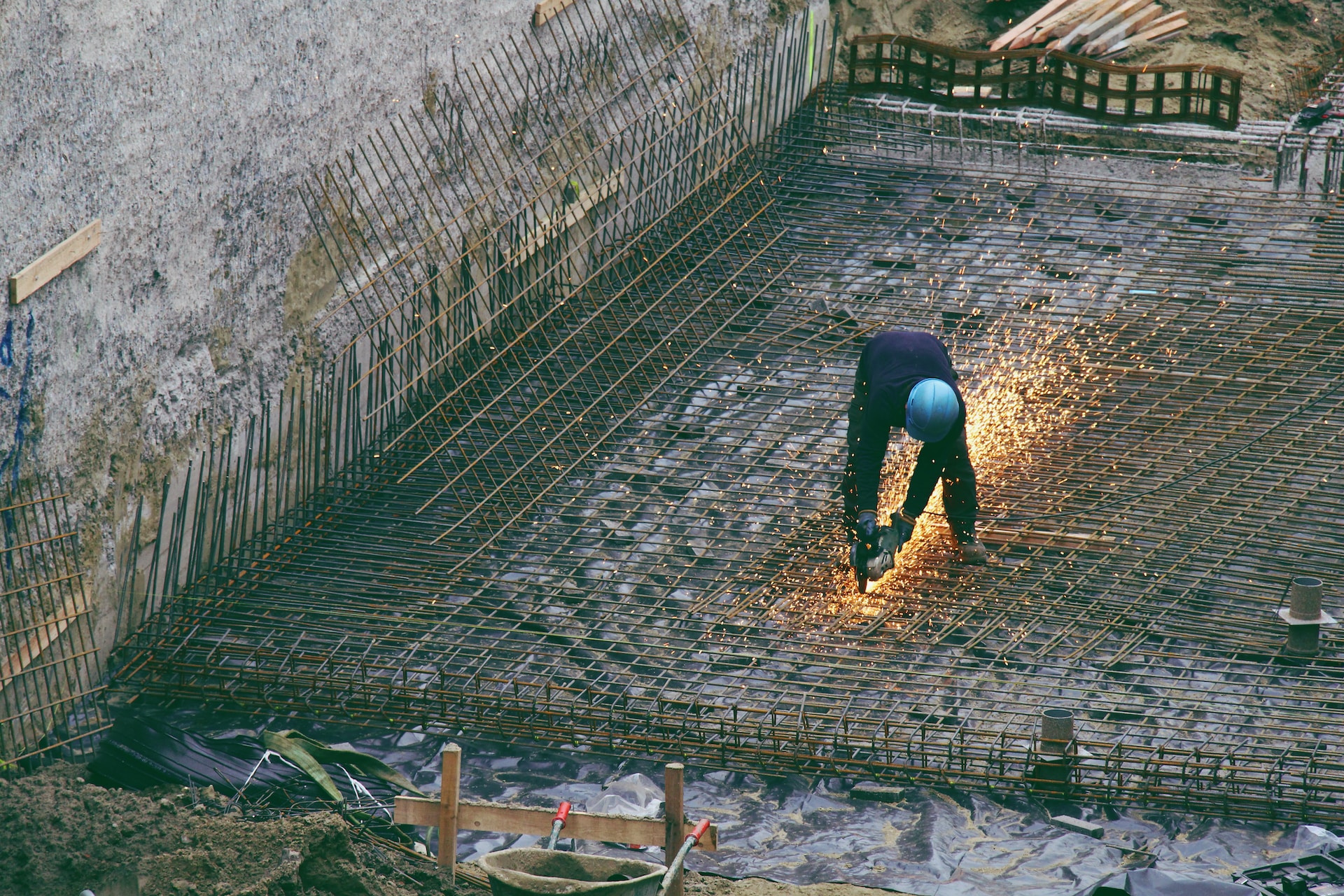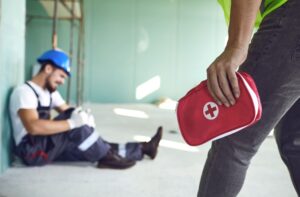Maintaining a construction site that adheres to rigorous health and safety regulations is essential not only for the well-being of your workforce but also for the success of your projects and compliance with the law. This comprehensive checklist is designed to help construction businesses ensure that their work sites meet all relevant health and safety standards, creating a safe, efficient, and compliant work environment.
In this ultimate checklist for construction site health and safety compliance, we will cover critical aspects of site management, including risk assessments, personal protective equipment, training, and site hazards. This easy-to-follow guide will assist you in identifying any areas of concern, implementing corrective actions, and establishing a robust safety culture within your organisation. Keep your workforce protected and your projects running smoothly with our expert guidance on health and safety compliance in the construction industry.
1. Conduct Regular Risk Assessments
To ensure health and safety compliance, it’s vital to conduct regular risk assessments on construction sites. These assessments help identify potential hazards and enable the implementation of appropriate control measures. Key steps in the risk assessment process include:
– Identifying hazards: Determine any physical, chemical, or biological hazards present on the site, such as working at heights, heavy machinery, hazardous substances, or excessive noise levels
– Evaluating risks: Assess the likelihood and severity of harm resulting from each hazard, taking into account existing control measures and their effectiveness
– Implementing control measures: Establish appropriate measures to eliminate or mitigate identified risks, following the hierarchy of controls (elimination, substitution, engineering, administrative, and personal protective equipment)
– Monitoring and review: Regularly review and update your risk assessments to account for changes in work processes, site conditions, or new hazards
2. Ensure Proper Use of Personal Protective Equipment (PPE)
Providing and enforcing the use of personal protective equipment is a key component of construction site health and safety. PPE helps protect workers from various hazards and reduces the likelihood of injury. Ensure compliance in the area of PPE by:
– Providing suitable PPE: Employers are responsible for providing appropriate PPE, such as helmets, safety goggles, gloves, high-visibility clothing, and hearing protection, based on the identified hazards and risks
– Training workers on PPE use: Properly educate employees on the correct use, fit, and maintenance of their PPE
– Enforcing PPE policies: Clearly communicate and enforce PPE requirements on the construction site, with regular checks and disciplinary measures for non-compliance
3. Implement Comprehensive Health and Safety Training
Health and safety training is crucial in helping construction workers understand the risks involved in their work and adopt safe working practices. A well-trained workforce is more aware of health and safety regulations and contributes to a compliant and safe work environment. Key elements of health and safety training include:
– Induction training: Provide new employees with information on site-specific hazards, emergency procedures, and company policies regarding health and safety
– General safety training: Offer training on common construction site hazards, safe work practices, and relevant legislation and regulations
– Role-specific training: Ensure that employees undertaking specialised tasks, such as operating heavy machinery or working with hazardous substances, have undergone adequate training and certification processes
– Refresher courses: Conduct regular refresher training to ensure that workers remain up-to-date with industry best practices and any changes in regulations
4. Establish Effective Site Supervision and Management
Strong site supervision and management are crucial in maintaining health and safety compliance. Properly trained and qualified site supervisors and managers play a key role in implementing and enforcing health and safety policies and procedures. Consider the following measures to strengthen site supervision:
– Appoint competent supervisors or managers: Ensure that those in supervisory roles have adequate experience, qualifications, and training to effectively oversee health and safety compliance
– Maintain clear lines of communication: Create an open dialogue between site management, workers, and subcontractors to facilitate the reporting of hazards and the implementation of control measures
– Conduct regular safety inspections and audits: Schedule routine checks to ensure compliance with health and safety requirements, rectifying any identified issues promptly
– Encourage worker involvement: Promote a collaborative approach to health and safety, empowering workers to take responsibility for their safety and contribute to identifying hazards and suggesting improvements
5. Safeguard Against Site Hazards
Construction sites present various hazards, which must be carefully controlled to ensure compliance with health and safety requirements. Some key site hazards that require safeguarding measures include:
– Working at heights: Implement appropriate fall protection systems, such as guardrails, safety nets, and personal fall arrest systems, as well as ensuring proper planning, risk assessment, and training for those working at heights
– Scaffolding and temporary structures: Ensure all scaffolding and temporary structures are designed, erected, and inspected by competent persons, following industry standards and guidelines
– Excavation work: Implement suitable controls for excavation and trench work, including providing adequate support, risk assessment of ground conditions, and safe access and egress points
– Traffic management: Establish clear vehicle and pedestrian routes, separating them where possible, and using signage, barriers, and traffic signals to minimise the risk of accidents
By following this ultimate checklist for construction site health and safety compliance, you can ensure a safe and compliant work environment for your employees while minimising potential project delays or legal repercussions.
Achieving Health & Safety Compliance on Your Construction Site
In conclusion, diligently adhering to this ultimate checklist will significantly aid in ensuring your construction site complies with essential health and safety standards. By conducting risk assessments, offering comprehensive training, enforcing the proper use of PPE, and supervising site activities effectively, you can create a safer, more compliant work environment for your employees.
At CR Training, we offer a range of training courses tailored specifically for the construction industry, designed to equip you and your workers with the necessary skills to maintain a healthy and safe work environment. Explore our range of health & safety training in Edinburgh and take decisive steps to ensure compliance, protect your workforce, and enhance the overall success of your projects.




